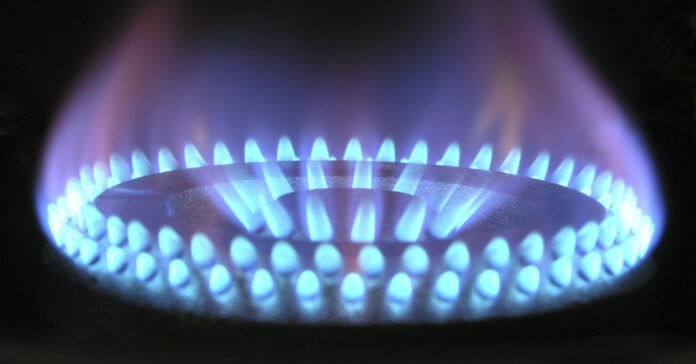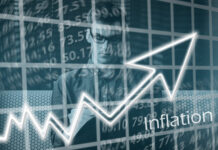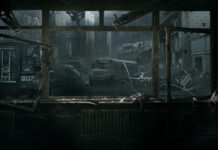We wrote recently about COVID-19 causing shortages, which in turn cause prices to rise, giving us inflation. About a year after COVID-19 hit these shores, it is still interfering with the supply side of the supply-and-demand equation.
As this story reports, container ships are piling up at sea off Los Angeles and Long beach due to logistics issues on shore, many of which are caused by the coronavirus, including more than 800 members of the Longshore and Warehouse Union who have tested positive. The slow unloading has repercussions down the line because it ties up ships. Ships at anchor waiting to unload are not delivering goods to the next port or available for another sailing. As a result, imports slow and store shelves don’t get replenished.
To put this in perspective, if all the boats could be unloaded, it would represent 190,000 truckloads of goods.
In addition to finished goods, many of the containers have parts destined for U.S. manufacturers. The global connectivity of means U.S. manufacturing is slowing down thanks to things happening off our shores.
Propane Prices Jump
More than half the country is experiencing a major cold spell right now. Or should I say, another cold spell, and it could last for another week. Yep, it is polar vortex time, again, as the bitterly cold weather from the North Pole sweeps across the center of the United States, dropping temperatures by as much as 30 degrees below normal.
The drop in temperatures is sending demand, and prices, for propane, natural gas, and electricity up. Sometimes way up. Propane demand, for example, reached a 17-year high.
The average cost for propane in my old neighborhood is more than $2.90. That means filling my tank would have cost more than $1,150 and I would probably have been on my third fill up. In contrast, I have burned about $800 of firewood all winter. In fact, right now, the room is a snug 74 degrees and I have two large hickory logs in the stove. They should heat it the rest of the night and leave us enough coals to start a new fire tomorrow.
Gas and Electric Demand Soars
Cold weather and people’s need to heat their houses caused natural gas and electrical consumption to increase so dramatically that the cost on the spot market soared, and the cold is far from over.
Not only do consumers and commercial customers use natural gas for heating, but it fuels many power plants that use gas turbines to produce electricity. So when people turn on their space heater, their electric baseboard heater, or the fan in their forced air system runs longer than normal, it drives up electrical consumption, which in turns requires burning more natural gas.
Back when coal was king, electric generation was independent from natural gas consumption. Today, when the snow flies and the limited daytime hours of sun barely move the solar-power needle, natural gas is being burned by the majority of non-nuclear power plants.
I’m sure a few of those big utilities in Texas and other stats wish they had not shut down their coal-fired plants. But EPA regulations drove them to do it. Now, as the new administration looks for more and more ways to minimize energy production in the U.S., we could go from being energy independent to seeing roving blackouts in just a few short years. Solar panels are getting less expensive and more efficient, but they don’t work well or long in the winter months.
A Small Stumble
The jump in electrical and gas costs as demand soars are examples the fragility of our current market similar to those we saw with COVID-19. It is so focused on just-in-time supply that excessive demand knocks it off kilter. The complexity of our markets makes companies streamlined and efficient, allowing them to provide goods at the lowest possible cost. That’s great until a small stumble sends the system into a temporary collapse.
I am reminded of highly specialized 1911s used a few decades ago when bullseye shooting was at its peak. The slides of these guns were so tight there was little or no play, making them more accurate than their army-issue brethren. Yet a grain of sand in the wrong place could jam the target model while the loose, army-issued gun would continue to fire accurately enough to stop a charging enemy. How tuned do we need our economy and our markets? Let’s make sure we are not making perfect the enemy of good enough.
We live in a fragile world. You should be prepared for that polar vortex, the unloaded container ship, and any other grain of sand that brings our finely tuned systems screeching to a halt.








